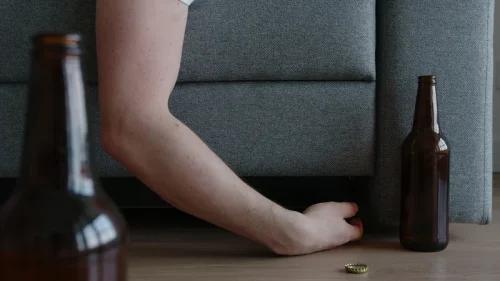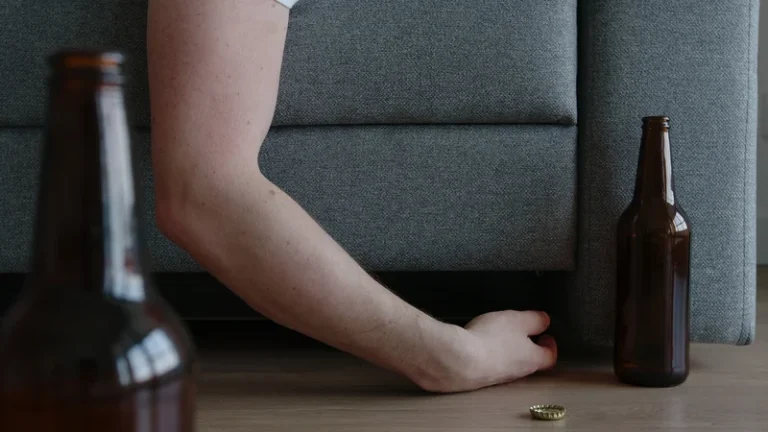Bruises and Blood Spots Under the Skin

Alcohol is known to be toxic to the liver, and a majority of people who regularly consume 4 or more drinks per day will develop a fatty liver. If you bruise more easily or experience bruises that increase in size over waking up with bruises on legs after drinking time, it can be helpful to speak with a doctor. They can help identify what may be causing your random bruising and put together a treatment plan to alleviate symptoms. Several cancers that affect the blood cells can also cause random bruising.
- Those who bruise easily develop lesions when there is no known cause.
- When you have abnormal bleeding in one area of your body, it’s important to think about whether you have been bleeding anywhere else.
- Finally, alcoholics may have a deficiency of vitamin C, which is important for healing wounds.
- It’s important to understand the consequences of binge drinking, which include an increased chance of alcohol bruising on arms and legs and other major and minor health issues.
- If you bruise more easily or experience bruises that increase in size over time, it can be helpful to speak with a doctor.
- Bruises typically form when a localized injury, such a blow or impact, causes capillaries to break open and leak red blood cells under the skin.
Why Do I Get Random Bruises After A Night Of Drinking?

When someone develops an alcohol use disorder, they will show signs or symptoms that are characteristic of this condition. Blood spots under the skin may be either purpura or petechiae. Purpura might look like bruises, but they aren’t caused by an injury as most regular bruises are. But they are different than the tiny, flat, red spots or birthmarks (hemangiomas) that are on the skin all the time. Home treatment may speed healing and relieve the swelling and soreness from bruises that are caused by injury.
Partial facial numbness hours after drinking alcohol?

While throwing up can make you feel miserable, it is one of your body’s self-defense mechanisms to remove excess toxins from the alcohol consumed. Take note if you experience frequent bruising in any of these areas after drinking. This can help identify accident-prone behaviors to be more mindful of in the future. So when you drink alcohol and injure yourself, you can be left with a bigger, more noticeable bruise than you might see while what is Oxford House sober. But a liver that is damaged needs a perfectly pure environment to heal, and that means alcohol at any level must be eliminated. Every sip does another tiny bit of damage and impairs healing, and that can lead to more bruising.

Signs Your Body Is Telling You You’re Drinking Too Much
Alcohol can deprive you of the energy and mental focus you need to go through the following day. You may also feel sluggish, groggy, and easily irritable, mainly due to disrupted sleep or low blood sugar levels. Because alcohol is a potent diuretic, it can quickly dehydrate you, leading to the characteristic symptoms of a hangover, including a throbbing headache. Research reviews have also listed alcohol as a culprit for triggering migraine attacks. If you’ve ever had to nurse a hangover, nausea and vomiting are commonly part and parcel of the ordeal.

extreme stomach discomfort after drinking alcohol
Additionally, drinking can aggravate certain skin conditions, such as psoriasis and rosacea. According to the CDC, moderate drinking is defined as having two standard drinks or less per day for men and one drink or less per day for women. Consuming enough water is one efficient way to promote optimal hydration. Consider drinking a glass or two of water before indulging in your favorite alcoholic beverage.
Dilated cardiomyopathy and chest pain after drinking alcohol
If you keep your injured bone above the level of your heart, it may also help reduce swelling. Diabetes is a metabolic condition that affects your body’s ability to produce or use insulin. Vitamin C or K deficiency can both cause bleeding issues, which leads to bruising on the legs.

